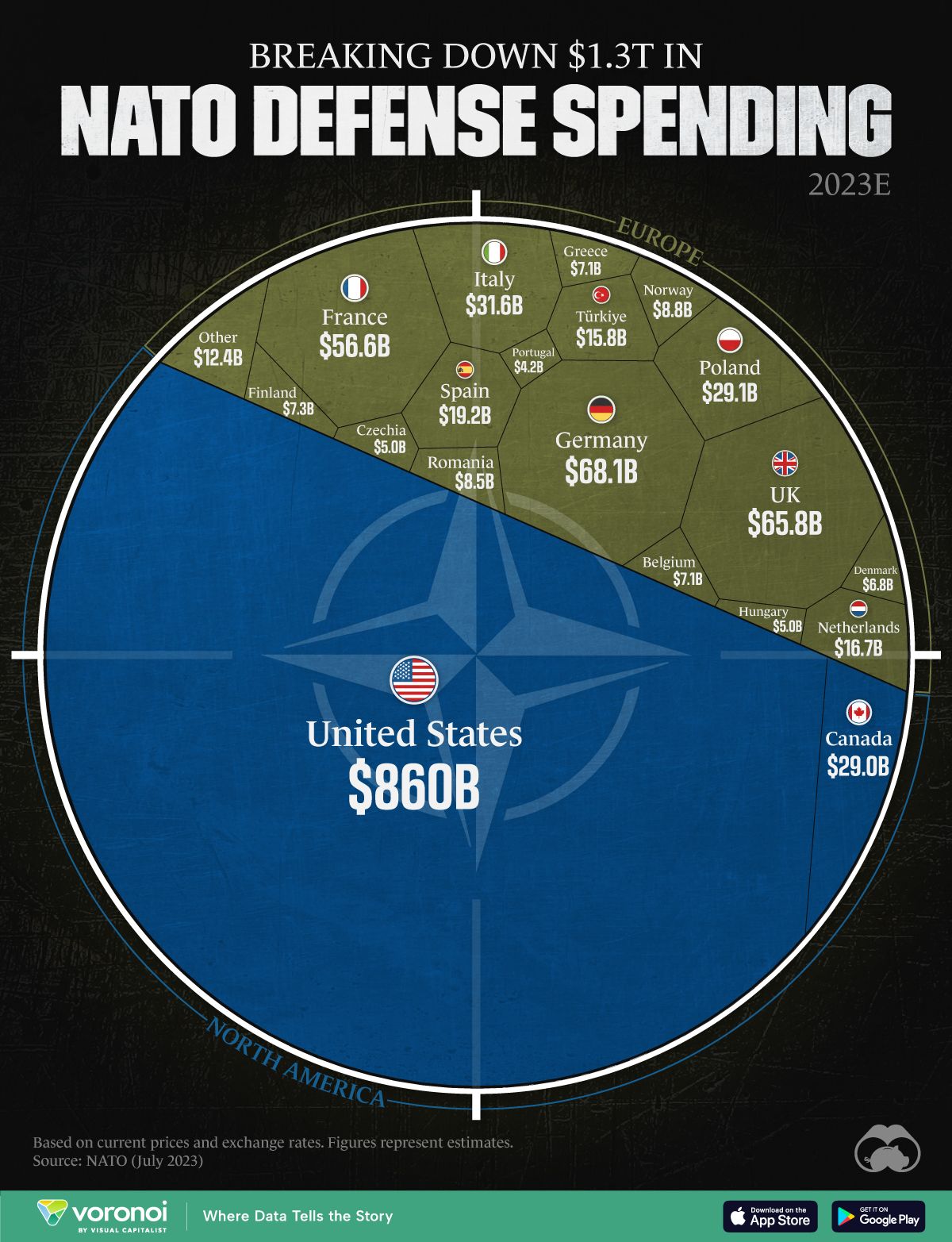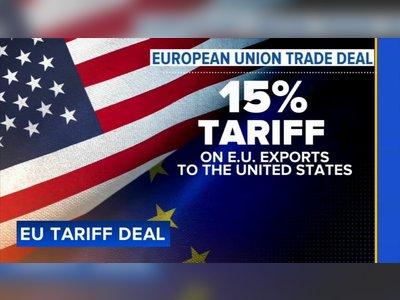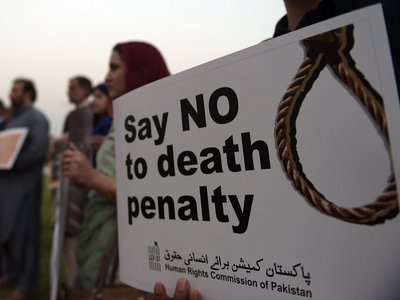
Spain Commits to NATO Defense Spending Targets Amid Internal Debate
The Spanish government aims to reach 2% of GDP on defense by 2029, despite criticism and pressure from NATO allies.
Brussels – The Spanish government, led by Prime Minister Pedro Sánchez and the coalition of the PSOE and Sumar, is reaffirming its commitment to increase defense spending to meet NATO's target of 2% of GDP by 2029. This announcement comes amidst growing pressure from NATO allies, particularly from the United States, which has been advocating for enhanced military spending across Europe in light of potential threats from Russia.
According to the current financial plans, Spain is set to allocate 1.32% of its GDP to defense in 2024, with a gradual increase that aims to see defense expenditure rise to over €36.5 billion by 2029. The proposed trajectory includes allocations of approximately €21.2 billion in 2025 (1.32% of GDP), €24.7 billion in 2026 (1.49%), €28.4 billion in 2027 (1.66%), and €32.3 billion in 2028 (1.83%).
This expansion of funding reflects an annual increase of about €4 billion.
Spain is among eight NATO members currently not meeting the alliance’s 2% benchmark, which was established following Russia's annexation of Crimea in 2014. The other nations include Belgium, Canada, Croatia, Italy, Luxembourg, Portugal, and Slovenia.
Recent estimates suggest that Spain will only contribute approximately 1.28% of its GDP to defense in 2024, ranking it at the lowest level among member states.
Internationally, pressure to boost defense spending has intensified, with U.S. President Donald Trump and Pentagon officials advocating for a reassessment of spending commitments among NATO allies.
The Secretary General of NATO, Mark Rutte, has highlighted the urgency for member states lagging behind the 2% target to accelerate their defense investments.
On the European front, discussions are underway regarding potential adjustments to defense funding frameworks, including the possibility of uncoupling defense investments from existing stability pact constraints.
European Commission President Ursula von der Leyen has opened up dialogue around this issue, which is also supported by EU High Representative Kaja Kallas.
The proposal of increasing the NATO spending target beyond 2% has been raised, with figures as high as 5% being discussed; however, such an increase could prove challenging for many member states.
Last year, the United States spent less than 3.4% of its GDP on defense, while Poland allocated over 4.1%.
Despite the calls for increased expenditure, the Spanish government is maintaining its stance that the established commitment of 2% is the only binding target until it is updated by NATO, which last clarified this commitment during the Madrid summit in 2022. Defense Minister Margarita Robles has articulated Spain’s position as being serious, reliable, and responsible, asserting the nation does not require external lessons on defense commitments.
Within Spain, the commitment to increased defense spending has sparked debate among the ruling coalition and opposition parties.
Members from Sumar have expressed concerns regarding escalating military expenditure, deeming it excessive.
Notably, they have opposed the dispatch of arms to Ukraine, including equipment like Leopard tanks, citing priorities for social investment over military commitments.
Critics from the opposition, including Alberto Núñez Feijóo of the Partido Popular, argue that the Sánchez administration is failing to meet its defense obligations, branding Spain as an unreliable partner in the NATO alliance.
These conflicting perspectives will be crucial for Sánchez as his minority government seeks to advance the budget law for 2025, requiring parliamentary approval to secure the proposed defense investments.
According to the current financial plans, Spain is set to allocate 1.32% of its GDP to defense in 2024, with a gradual increase that aims to see defense expenditure rise to over €36.5 billion by 2029. The proposed trajectory includes allocations of approximately €21.2 billion in 2025 (1.32% of GDP), €24.7 billion in 2026 (1.49%), €28.4 billion in 2027 (1.66%), and €32.3 billion in 2028 (1.83%).
This expansion of funding reflects an annual increase of about €4 billion.
Spain is among eight NATO members currently not meeting the alliance’s 2% benchmark, which was established following Russia's annexation of Crimea in 2014. The other nations include Belgium, Canada, Croatia, Italy, Luxembourg, Portugal, and Slovenia.
Recent estimates suggest that Spain will only contribute approximately 1.28% of its GDP to defense in 2024, ranking it at the lowest level among member states.
Internationally, pressure to boost defense spending has intensified, with U.S. President Donald Trump and Pentagon officials advocating for a reassessment of spending commitments among NATO allies.
The Secretary General of NATO, Mark Rutte, has highlighted the urgency for member states lagging behind the 2% target to accelerate their defense investments.
On the European front, discussions are underway regarding potential adjustments to defense funding frameworks, including the possibility of uncoupling defense investments from existing stability pact constraints.
European Commission President Ursula von der Leyen has opened up dialogue around this issue, which is also supported by EU High Representative Kaja Kallas.
The proposal of increasing the NATO spending target beyond 2% has been raised, with figures as high as 5% being discussed; however, such an increase could prove challenging for many member states.
Last year, the United States spent less than 3.4% of its GDP on defense, while Poland allocated over 4.1%.
Despite the calls for increased expenditure, the Spanish government is maintaining its stance that the established commitment of 2% is the only binding target until it is updated by NATO, which last clarified this commitment during the Madrid summit in 2022. Defense Minister Margarita Robles has articulated Spain’s position as being serious, reliable, and responsible, asserting the nation does not require external lessons on defense commitments.
Within Spain, the commitment to increased defense spending has sparked debate among the ruling coalition and opposition parties.
Members from Sumar have expressed concerns regarding escalating military expenditure, deeming it excessive.
Notably, they have opposed the dispatch of arms to Ukraine, including equipment like Leopard tanks, citing priorities for social investment over military commitments.
Critics from the opposition, including Alberto Núñez Feijóo of the Partido Popular, argue that the Sánchez administration is failing to meet its defense obligations, branding Spain as an unreliable partner in the NATO alliance.
These conflicting perspectives will be crucial for Sánchez as his minority government seeks to advance the budget law for 2025, requiring parliamentary approval to secure the proposed defense investments.
AI Disclaimer: An advanced artificial intelligence (AI) system generated the content of this page on its own. This innovative technology conducts extensive research from a variety of reliable sources, performs rigorous fact-checking and verification, cleans up and balances biased or manipulated content, and presents a minimal factual summary that is just enough yet essential for you to function as an informed and educated citizen. Please keep in mind, however, that this system is an evolving technology, and as a result, the article may contain accidental inaccuracies or errors. We urge you to help us improve our site by reporting any inaccuracies you find using the "Contact Us" link at the bottom of this page. Your helpful feedback helps us improve our system and deliver more precise content. When you find an article of interest here, please look for the full and extensive coverage of this topic in traditional news sources, as they are written by professional journalists that we try to support, not replace. We appreciate your understanding and assistance.











